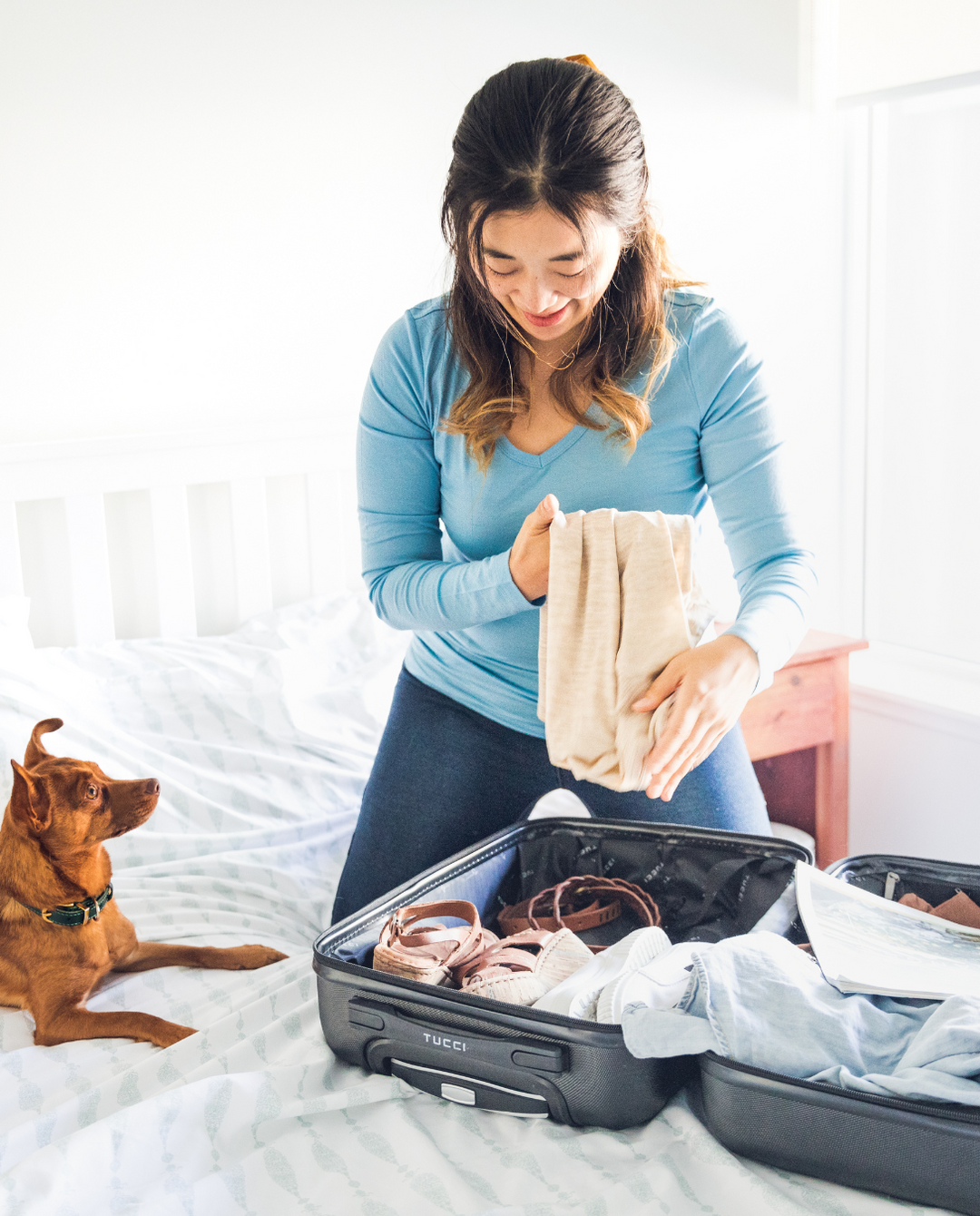We all know getting outdoors and hitting the trails is good for body and soul, but it's important to remember the potential dangers involved in any outdoor adventure. Nature doesn't always cooperate with our plans and you never know when you'll encounter a freak storm near the summit, twist an ankle on an exposed root, or take a wrong turn in the fog. Sometimes the only thing between you and serious injury is having the right gear on hand.
In the 1930's an organization for climbers and outdoor adventurers called The Mountaineers created a list of "10 Essentials", items that every responsible outdoors person should take along on any adventure, no matter how small. Having these items on hand ensured you had at least a basic ability to respond to an emergency situation, or spend an unexpected night or two in the wilderness. The list has evolved in the last 80 years. Now, rather than listing 10 specific items, it's comprised of ten "systems" whose functions need to be addressed by every adventurer.

#WoolxinAction Ambassador Peter Hoang and friends near La Vieja in Patagonia. Photo @johngassel
The Ten Essentials:
1. Navigation - GPS can certainly be a lifesaver, but it's always a good idea to go old school with a map and compass as backup.
2. Sun protection - Sunscreen and sunglasses are a must, especially if you're out in reflective snow. But did you know that merino wool provides natural UV protection too? It's great if your gear can do double duty!
3. Insulation - Layers are everything! Temperatures can change dramatically on even short trips. Merino wool layers provide incredible insulation, keeping you warm when it's cold and cool when it's hot. And unlike other fabrics, wool retains much of it's insulation properties when wet.
4. Illumination - Even if you're only planning a short day hike, you'd never want to risk ending up lost in the dark. Toss a flashlight or headlamp into your pack every time you head out.
5. First-aid supplies - Prepackaged kits are handy and easy to pack, but don't forget the most important thing is knowledge! Make sure you know at least rudimentary first aid yourself, and how to best utilize everything in your first aid kit.
6. Fire - Waterproof matches/lighters and candles are incredibly useful, so is knowing how to start a fire from scratch!
7. Repair kit and tools - Tents, boots, rain gear and sleeping bags all take a beating outdoors. Don't let a tiny hole ruin your day! And if you're using more complex gear like climbing equipment, you definitely need the tools required to make field repairs.
8. Nutrition - Enough to get you through an extra day or two. There are a lot of options in high calorie foods for hikers and runners that take up little space. Toss a couple of extra bars or gels in your pack for an emergency.
9. Hydration - Water is heavy, but without it you're in real trouble. Definitely bring more than you think you'll need + a filtration/purification system.
10. Emergency shelter - Not every adventure warrants a tent and sleeping bag, but you still need to be prepared. As a bare minimum a space blanket can be used as tarp shelter, and it'll help keep you warm if temps drop lower than expected when you've got a tent along.
Don't let the unexpected get the best of you outdoors. If you've got these 10 areas covered you've gone a long way toward ensuring you'll have an enjoyable and safe time in the wilderness!






